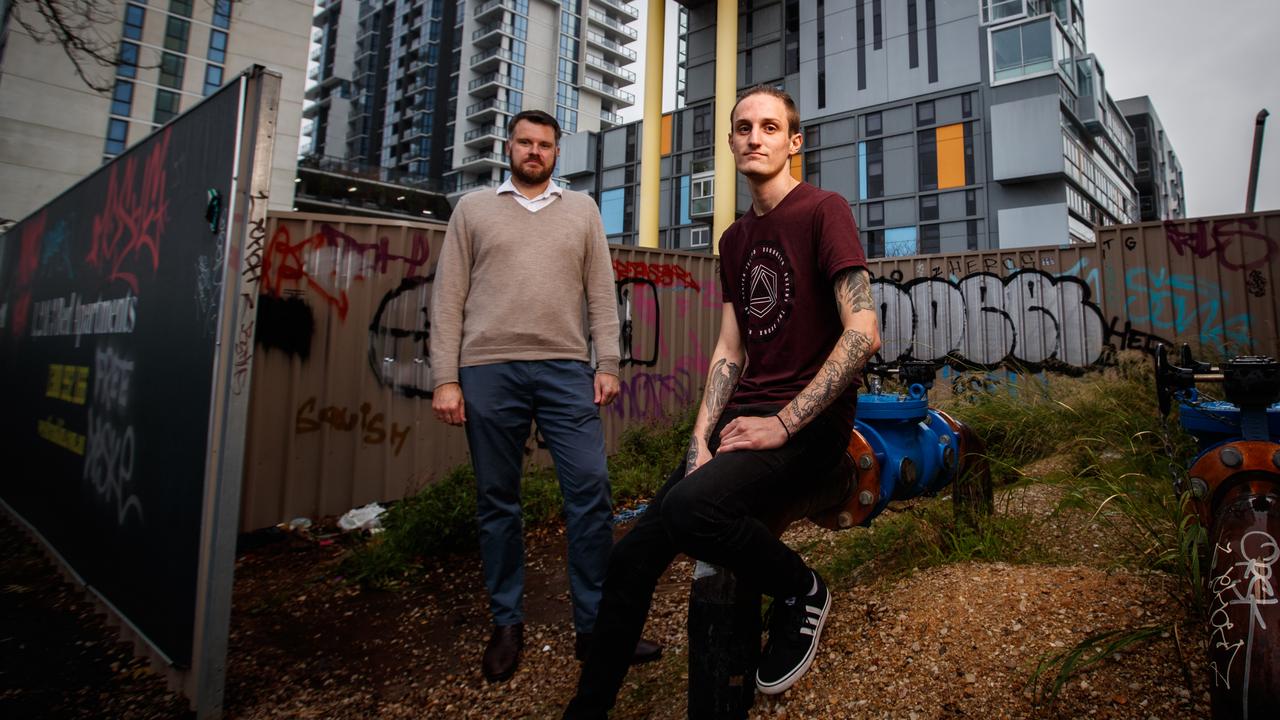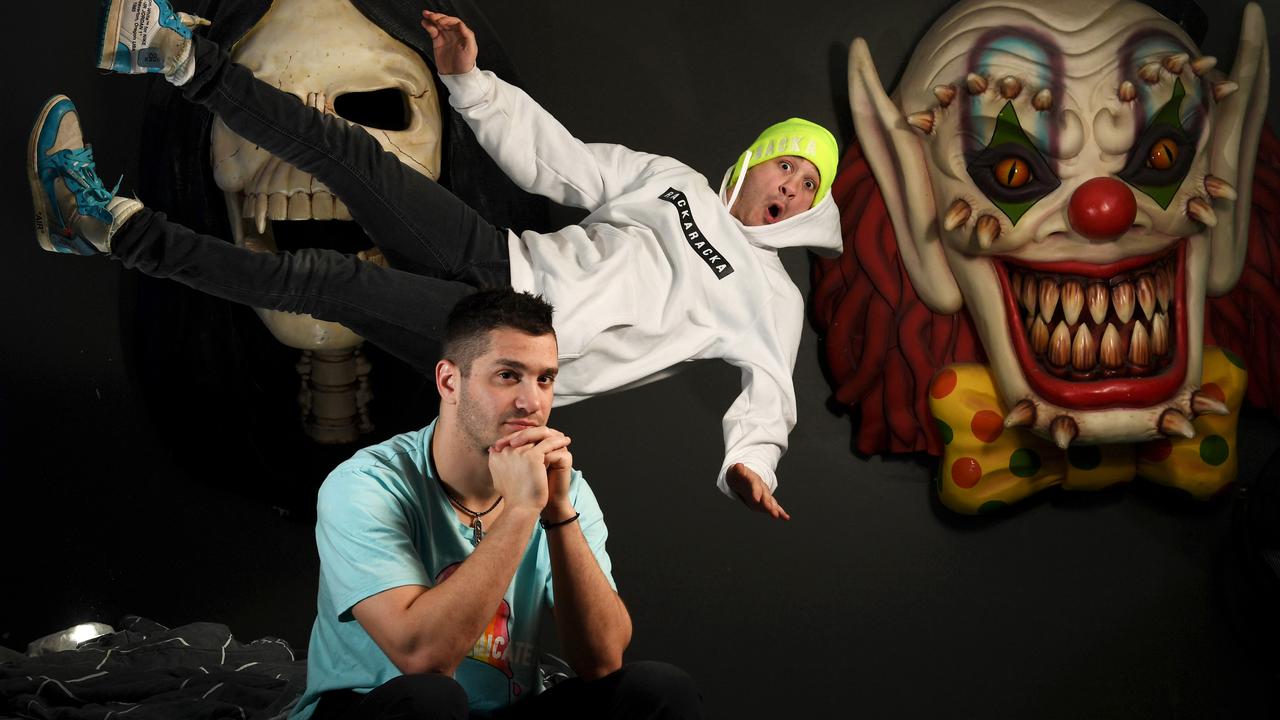SA Weekend inside story: How Nicola Spurrier became the face of South Australia's resistance to the COVID-19 crisis
SA’s chief public health officer was just four months into the job when COVID-19 hit. Penelope Debelle explains how Professor Nicola Spurrier quickly became the face of our resistance.
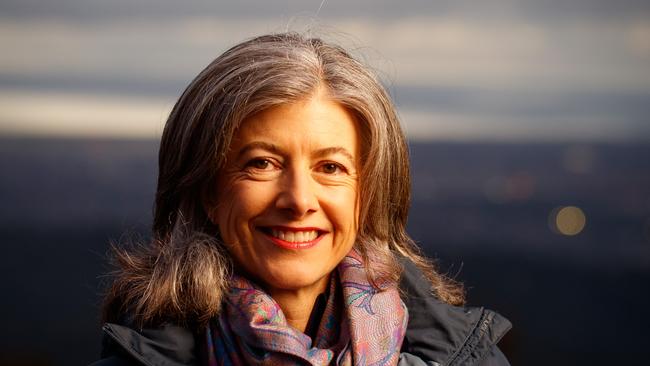
SA Weekend
Don't miss out on the headlines from SA Weekend. Followed categories will be added to My News.
- Inside SA’s COVID-19 response, Friday: Grant Stevens
- Inside SA’s COVID-19 response, Sunday: Stephen Wade
- Inside SA’s COVID-19 response, Monday: Steven Marshall
Before COVID-19, Dr Nicola Spurrier was already managing a crisis. Four months after becoming the state’s chief public health officer she was part of the state response to the bushfires that killed two people and caused widespread devastation.
In January, after a New Zealand family holiday, she read news reports about a pneumonia virus that was killing people in the landlocked province of Wuhan in central China and wondered it if might have an impact here.
Still, at the start of the year, bushfires and the smoky haze that fell over the city after the Kangaroo Island fires were uppermost in her mind as poor air quality put vulnerable people and frontline responders at risk.
And it was impossible to gauge how serious the China outbreak was. Even when horrific images came out of bodies piled up in hotel corridors and doctors collapsing on the job, it was hard to know what to make of them.
“Are these images real, are they authentic when you see people wheeling bodies on trolleys and in mortuaries and so on?” Spurrier, 53, wondered.
“I think as a nation we took it very seriously.”
The World Health Organisation was the international bible on coronavirus and on December 31 it first noted reports of a cluster of pneumonia cases and a novel coronavirus.
The next day it formed an Incident Management Support Team, which put the organisation on an emergency footing and, on January 5, it officially flagged the new virus to the international public health community, and global media. It followed up on January 10 with some advice on how to detect, manage and test, based on what was known at that time.
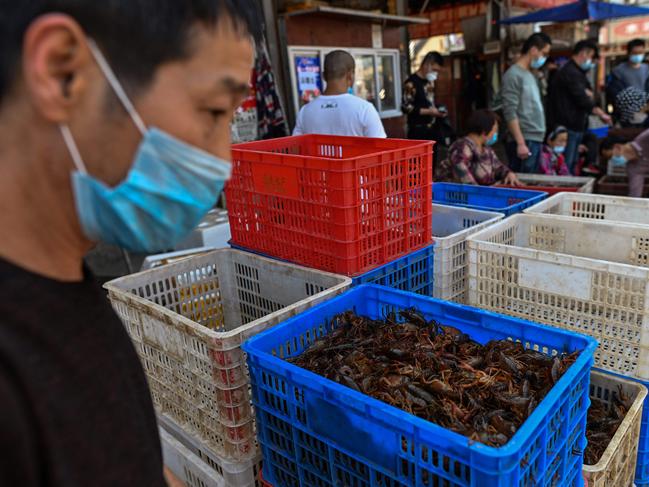
Using SARS and MERS as a guide – they are also coronaviruses – it advised this was a likely droplet and contact infection, and recommended appropriate precautions, particularly for health workers.
The same day, Spurrier released the first public health alert to doctors, advising 59 cases in Wuhan but no deaths.
Doctors here were told to look out for anyone who had travelled to Wuhan who showed symptoms and to immediately isolate them, use a mask and seek further advice about PPEs, the now familiar acronym for personal protective equipment, from the Communicable Disease Control Branch.
It was the small start to a crisis that engulfed the state, closed all but essential services and thrust Spurrier into the limelight as the elegant face of wisdom about a virus that triggered fear and panic buying as it began snaking through the South Australian community.
Almost a fortnight later, on January 23, she released the first of what became an avalanche of media releases and information, this time recommending enhanced hygiene and self-isolation if sick.
At this point she was not overly alarmed.
Previous pneumonia-style epidemics, like SARS in 2002, were mainly regional and eventually petered out.
Nevertheless, every virus was different.
“We knew it was fairly serious but we were comparing it perhaps to H1N1, or swine flu,” she says. “This was a novel virus so we weren’t sure what it was going to do.”
The stalemate held until the end of January. Chinese New Year was underway and Spurrier was giving the community the all clear to proceed with celebrations.
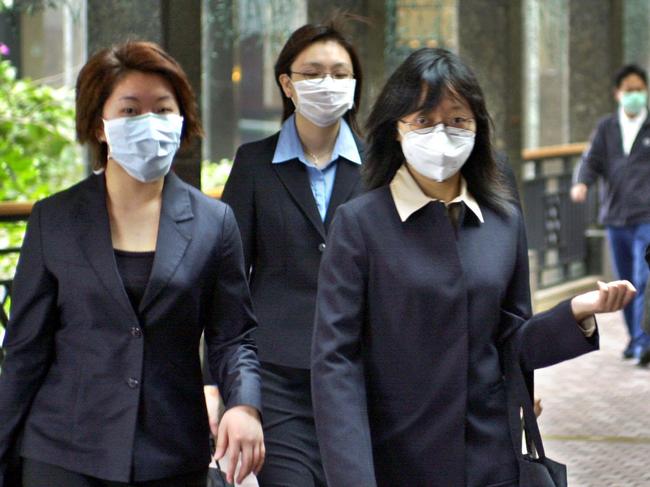
In her first TV interview on January 30, she spoke calmly about the low risk to the general population from travellers returning from China.
On Saturday, February 1, she was doing a press conference at the Adelaide Market, reassuring everyone that New Year celebrations could go ahead, when she got a text message saying the state had its first cases.
She was called to the Department of Premier and Cabinet late in the afternoon to brief media outside the State Administration Centre alongside the Premier, Steven Marshall, letting people know that two cases in South Australia had been confirmed.
Her media adviser, Claire Hammond, was at the Fatboy Slim concert at Glenelg when she got the news that would propel her job into an almost round the clock operation.
The first cases were a Chinese couple, both medical officers, in Adelaide visiting their daughter who had flown here direct from Wuhan. Spurrier moved quickly.
They had only mild symptoms but were admitted to the Royal Adelaide Hospital to quarantine them from the community. Contact tracing, the laborious case of tracking where they had been and who they had seen, began but there were cultural difficulties and Spurrier was worried she may not have the full story.
“We had some concerns because of the language and because these were people who didn’t normally live in Adelaide that we might not have got an absolutely clear picture of where they had been,” Spurrier says. “Also, this was a new virus and it was the beginning. It wasn’t a pandemic then but we could see it was something that was going to have a big impact because of the way it was evolving elsewhere.”
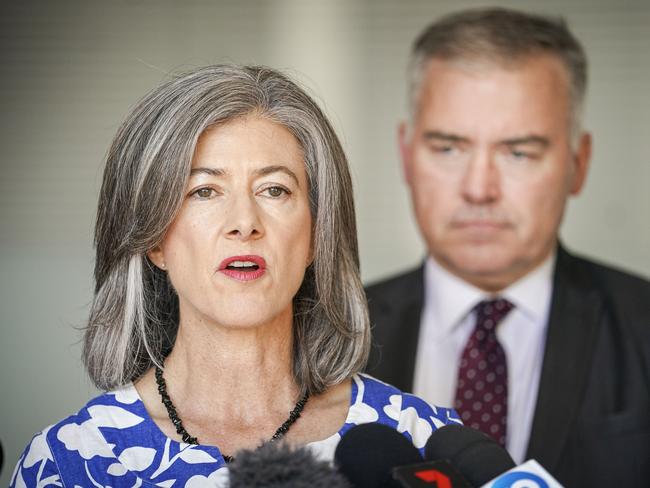
Spurrier took the extraordinary step of contacting SA Police to access the couple’s phone data, with their consent, to make sure that nothing was being missed.
It turned out they had been to a real estate auction and an open inspection, and SA Health collected details of attendees from the agent and sent them into isolation.
We were the first state to use phone metadata and Spurrier based her response on what was being done with good effect in South Korea.
It was the only time she thought it necessary but it provided comfort in the early stages that the virus wasn’t ricocheting through the community without her knowing.
Cases were cropping up elsewhere around Australia, all of them connected to overseas travellers and mainly from Wuhan.
A National Incident Room in Canberra was established and used information from Border Force to provide flight manifests to the states.
As part of contact tracing, Spurrier’s team contacted other passengers on the same Wuhan flight.
The Chinese community was very attuned to what was unfolding.
Many had family and friends in the Hubei Province and by mid-January the disease was already spreading beyond Wuhan in an alarmingly uncontrolled fashion with the first case outside China recorded in Thailand on January 13.
Spurrier decided to call in the Chinese doctors.
“There was a lot of anxiety at that time, particularly in the Chinese community and from doctors because they were getting a lot of information on WeChat (the Chinese message app) from their colleagues in China about what was happening there,” Spurrier says.
On February 5 she met the Chinese Medical Doctors Association of SA who see many of the Chinese students and members of Adelaide’s Chinese community.
With SA Pathology head of virology Dr Geoff Higgins, she updated them on the virus and how to test for it. “We were getting up our ability to do testing at that time because it wasn’t a test that you would normally have,” Spurrier says.
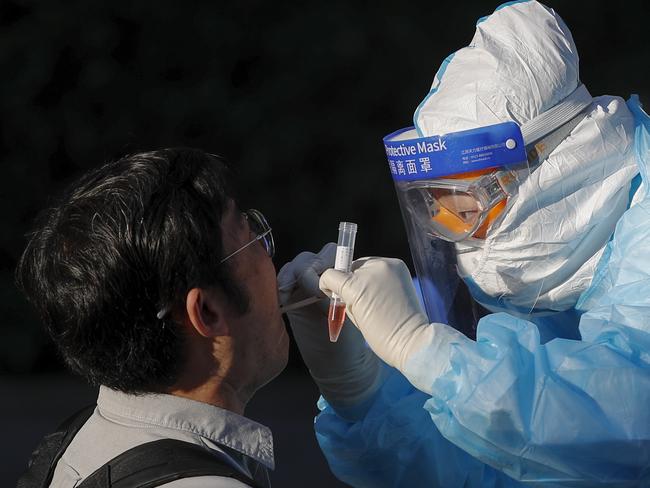
The test involves brief discomfort and requires a swab taken from the back of the throat and high in the nose.
The laboratory then amplifies the virus sufficiently to test for it genetically.
China had shared the genetic make-up of the virus with the WHO on January 12 and the first Australian tests were done at the Victorian Reference Laboratory, the WHO’s reference lab for Australia.
They sent the information to laboratories around Australia including SA Pathology, which had diversified its testing regime so it did not have to rely on a single reagent.
Vigilant testing was the linchpin of Spurrier’s response and one of the reasons she has emerged as something of a medical rock star for steering South Australia out into the open, well ahead of the other states.
Quietly and without fuss, she made sure that from early February anyone who sought treatment with even a bad cold was being tested, not just those who qualified for a COVID-19 test because of contact or overseas travel.
These people weren’t asking for the test but when they saw their doctor, she made sure they had it.
“Our lab was actually running COVID-19 tests in parallel with (official testing) and we did that from the day dot,” Spurrier says. “None of the other states did that. So it gave me a sense of comfort that anyone who was quite sick was having the COVID-19 test done.”
Mad March was approaching, the time of the year when Adelaide becomes Australia’s arts and culture destination.
The Fringe began on February 14, the Adelaide Festival at the end of the month with the Superloop 500 on February 20 and WOMADelaide at the tail end from March 5 to 8. They all scraped in ahead of the restrictions, but only just.
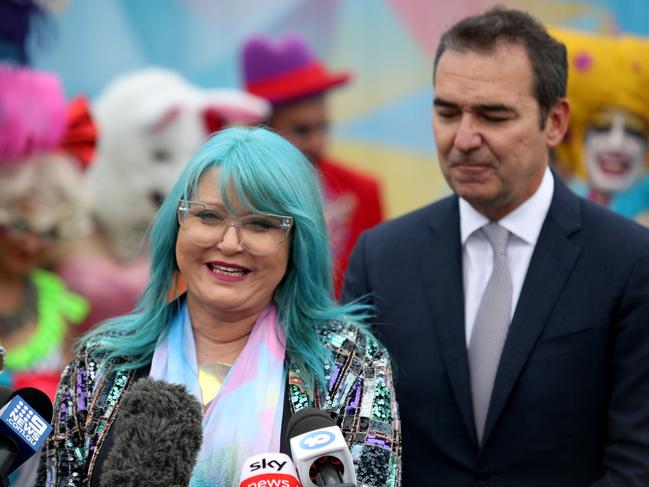
As the cases were slowly building, Spurrier’s son Hugo, a student at Scotch College, turned 12 and on March 20 she and her husband David, a physiotherapist, squeezed in a birthday night for Hugo at Faulty Towers, the comedy tribute to Fawlty Towers held over a deliberately chaotic dinner at the Stamford Plaza.
“I know I’m a mum but I was too busy to look at any of the emails from his school but he’d had two friends over for Faulty Towers and they were saying ‘such and such in our class is positive’ and I was like, ‘what’s that about?’,” Spurrier says. “When I was in Canberra, I got the call that there was someone who was in Hugo’s class who had it.”
Apart from the domestic disruption – Hugo would have to isolate for 14 days – Spurrier had been in Canberra for a meeting of the group that was masterminding Australia’s pandemic response, the Australian Health Protection Principal Committee which includes all state and territory chief medical officers and the Australian chief medical officer Professor Brendan Murphy who advises federal cabinet. If Spurrier had picked COVID-19 up from Hugo, it was possible she had just infected all of them.
She had no symptoms but, as a precaution, took the test.
While Hugo and David, along with the family border collie Daisy, isolated at their beach house at Carrickalinga, Spurrier continued working around the clock, clearing her head every morning with a 5km trail run. Her daughter Phoebe, 20, an international relations and environmental student at ANU, had returned home from Canberra and also at home was her oldest son, Harry, 19, who is studying psychology.
Her days start so early she uses a head torch to run in the dark. With meetings running almost back to back through the day, and during the peak of the crisis a daily press briefing, she was exhausted by the time she got home. “It’s tiring but it’s not stressful because it really aligns with what I love doing, which is keeping people healthy and well at that population level,” says Spurrier, a paediatrician who also trained in public health after being inspired by Australian epidemiologist Fiona Stanley.
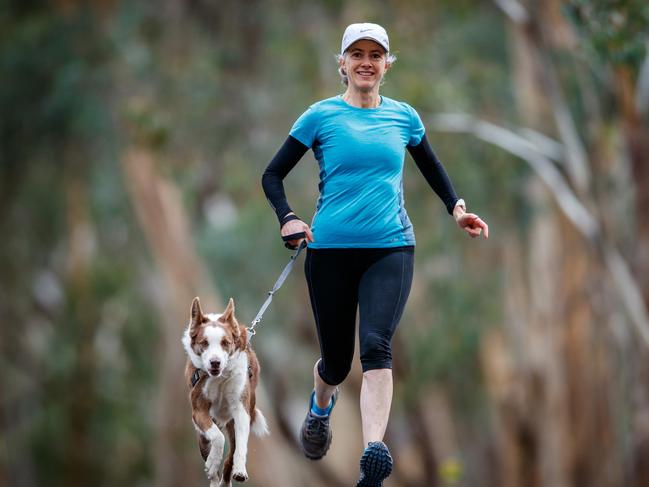
South Australia did not come through unscathed. There were 440 cases, most of them between March 12, just four days after WOMADelaide ended, and early April, with the peak reached in late March when a record 38 cases were diagnosed on March 26. Fatalities were low but four people died, including two who were passengers on the Ruby Princess.
One of the most shameful episodes came just when cases here were peaking. An American couple, who were part of an infected group of tourists who visited the Barossa Valley, were tested here but before getting their results, which were positive, they fled to the US.
Pretty shabby behaviour, Spurrier now agrees. Privately at the time she was furious but chose to issue a temperate response saying their behaviour was unfortunate and disappointing.
“I am really confident that South Australians wouldn’t have done that,” she says.
One of the four deaths followed contact with Swiss tourists who were unknowingly part of the Barossa Valley outbreak and who advised SA they were positive after they were home. Spurrier says that even though the state performed so well, the deaths affected her.
For the most part, SA did what other states did, from March 22 shutting down public venues and cancelling elective surgery with strict crowd limits, social distancing and advice to stay home unless necessary. At this point the economic turmoil which ruined so many businesses and is still causing financial and emotional stress, was essential to keep everyone safe.
South Australia is less populated, giving us an advantage in terms of contact tracing and deep testing but the state was also better prepared. Higgins was an experienced virologist who was already planning for a pandemic because scientists have known for some time that one was inevitable. Because of this, SA Pathology was designed to be geared up quickly and the state had in place an influenza plan prepared by the Disaster Resilience Branch which serves under Spurrier.
Importantly, last October, Spurrier and SA Health was part of a run through of a biological disaster conducted at SAHMRI. In this case it was a mock anthrax attack which tested for weak spots under pressure, like whether there would be enough anthrax test kits on hand and the resources to use them.
On February 6, the State Emergency Centre that had been active during the bushfires was reconvened with SA Health this time as the control agency. It was run by SA Police and included local government, the Bureau of Meteorology and all emergency services. Spurrier briefed them on day one and the centre met daily for a number of weeks with a state of emergency declared on March 22. “I remember the Police Commissioner (Grant Stevens) saying ‘this is the time for all of your agencies to dust off your pandemic plan because all of you have them’,” she says.
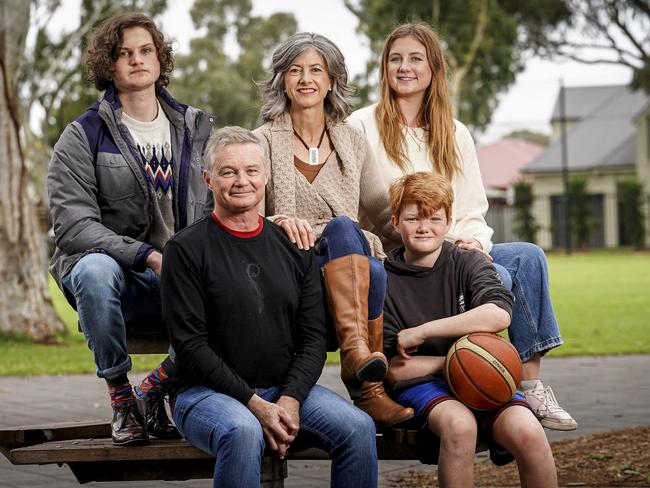
“This was quite early and I think this is one of the reasons why South Australia has been in a really good position because we have used our standard approach to emergencies.”
Spurrier stands by her decision to keep schools open, which is the one area where South Australia was less ruthless than other states in its infection control. As chief public health officer she has to factor in mental as well as physical health, and, as a paediatrician, she knows how central school is to children’s lives.
“Even though we had a handful of cases in students and a handful in teachers, we knew that we had not had transmission between students,” she says.
“The evidence was mixed but for the children themselves, it’s an essential service. It’s their world and for kids to miss that … it’s the education but also the socialisation and the one stable factor for many children in South Australia.”
The first champagne moments – French Champagne for preference – came last month when the state began its run of clear days with only two isolated cases coming through. By now, Spurrier, the face of newspaper ads, a television campaign and a fixture on the evening news, was being recognised as she went about her day and that visibility is unlikely to change. In her office there are flowers and cards from total strangers, old friends and organisations she once worked for, thanking her for what she has done.
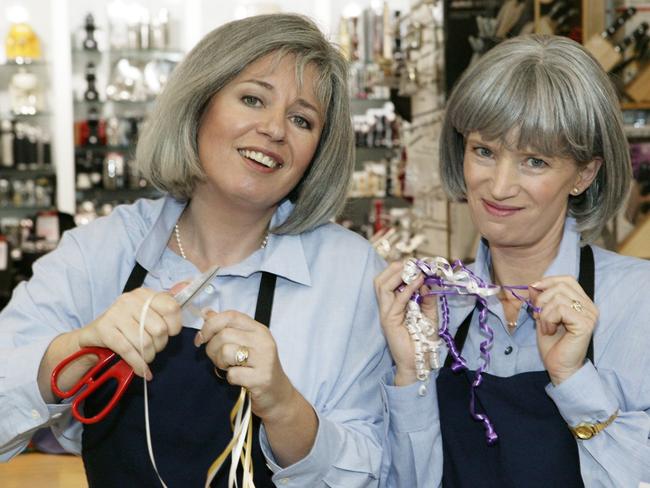
The moment early this month when German wonderboy Hans, the showbiz alter ego of The Advertiser’s Matt Gilbertson, knelt in worship before her during a glitzy concert for travellers coming out of isolation showed the delightfully blurred lines between Spurrier’s professional task of controlling the pandemic and the personal flair that she brought to it. It comes with its funny side too; at home Phoebe directed her to a Kath and Kim meme that likened her to Trude, one of the show’s resident grey-haired snobs, Prue and Trude.
Reopening the state after the shutdown has made her even busier because of the need to balance the economy and the social impact of the shutdown against the risk of a second wave of infection. It is too soon to know whether we can ever eradicate the virus but she believes physical contact like hugging and shaking hands will take a long time to return, if ever.
“We will obviously still hug within our own family group but we might not be hugging and I certainly will not be shaking hands for a long time,” she says.
She has emerged as one of the state’s most powerful bureaucrats and brings to it a sense of style that makes a refreshing change from the middle-aged men in other states talking about caseloads, PPEs and heat maps. “I never anticipated that,” she laughs about her transformation into the state’s COVID queen.
“I can tell you when I come in, I am just doing my job.”
This article is Part 2 of a special four-part SA Weekend series taking you inside South Australia’s response to COVID-19.

